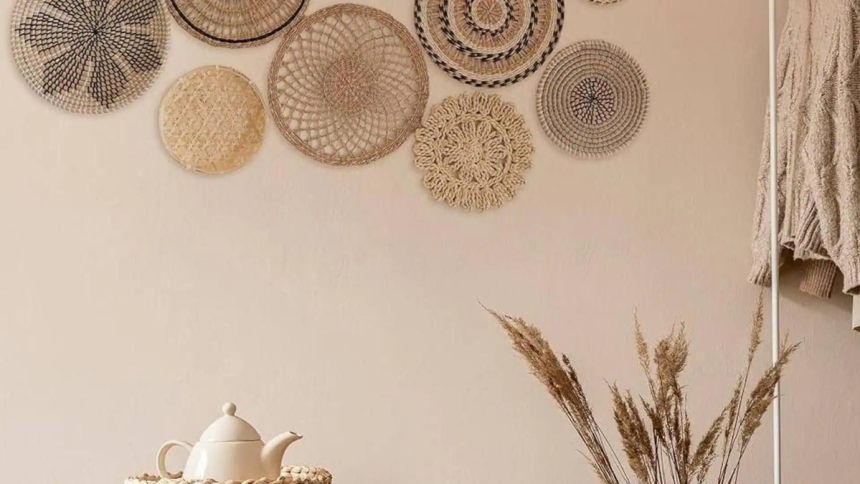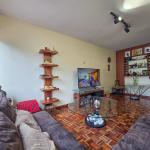Woven décor—whether in the form of area rugs, throws, or textured wall art—brings a natural, timeless aesthetic to any living space. These pieces often become focal points of a room, tying together color palettes, softening hard surfaces, and infusing warmth into minimalist designs. But just like any high-use home item, woven pieces need thoughtful care to maintain their beauty and function over time.
Unfortunately, too many homeowners treat these delicate fabrics the same way they would a sweatshirt or shower curtain. The reality? Woven materials require a specific set of maintenance practices if you want them to look new year after year. From choosing the right cleaning schedule to protecting them from environmental wear, it’s all about balance.
One reliable resource that shares consistent insights on these topics is the area rug cleaning guide available through experts who specialize in preserving woven fabrics.
Know Your Fibers: Why Material Matters
The first rule of keeping your woven pieces in good shape is understanding what they’re made of. Natural fibers like wool, cotton, jute, and sisal each have their own quirks. For instance, wool is resilient but can shrink or feel with improper cleaning, while jute can degrade quickly when exposed to excessive moisture.
On the other hand, synthetic fibers like polypropylene or nylon tend to be more stain-resistant but may lose their texture or color over time without proper care. Knowing what you’re working with will help guide your cleaning methods and frequency.
Avoid Overcleaning: Less Is More
It may seem counterintuitive, but overcleaning your woven items can be just as harmful as neglecting them. Frequent or aggressive washing can cause fraying, color fading, and fiber breakdown—especially in handwoven or vintage pieces.
Instead, follow a gentle maintenance routine: vacuum your rugs or upholstery weekly using a brushless attachment, shake out smaller pieces outdoors, and spot-clean with pH-neutral cleaners only when necessary. If you find yourself reaching for the vacuum daily, consider rotating the piece or repositioning it in a lower-traffic area.
Use Pads and Backing Protection
One of the most underrated tips for maintaining woven rugs is using a quality rug pad underneath. These pads prevent slipping, reduce wear from foot traffic, and provide a buffer between the rug and the floor. They also help preserve the rug’s shape and protect hardwood or tile surfaces from potential staining or scratching.
Experts like National Rug Cleaners frequently recommend selecting a pad that suits both the rug material and the type of flooring. For example, a felt-and-rubber combination works great on hardwood, while thinner vinyl pads are better suited for tile or laminate floors.
Sunlight and Humidity: Silent Destroyers
Environmental factors can quietly wreak havoc on woven décor. Direct sunlight can bleach natural fibers over time, resulting in patchy, faded colors that are difficult to reverse. Meanwhile, high humidity encourages mold and mildew growth—particularly in areas where rugs lie flat on cool floors or beneath furniture.
To combat these issues, rotate your woven items every few months to balance out wear and sun exposure. Use curtains or UV-filtering film on windows, and make sure your space is well-ventilated. Dehumidifiers can also be a good investment if you live in a damp climate.
Store Smart During Off-Seasons
Many people store away woven items like area rugs or heavy throws during warmer months. But improper storage can lead to permanent damage. Always clean the piece thoroughly before packing it away, roll it (never fold), and wrap it in breathable fabric like cotton or muslin—never plastic, which can trap moisture and lead to mildew.
Keep stored items in a cool, dry place elevated off the floor. Toss in a few cedar chips or lavender sachets to naturally deter moths and insects.
Professional Touch for Long-Term Preservation
Even with excellent home care, woven textiles need professional treatment from time to time. A deep, expert-level clean doesn’t just remove embedded dirt—it restores texture, revives color, and helps catch small repairs before they become big problems.
Whether it’s a cherished heirloom or a statement rug in a high-traffic area, scheduling periodic professional cleanings is one of the smartest ways to protect your investment. Reputable providers often tailor their methods to the piece, ensuring gentler, more effective results than off-the-shelf solutions.
Lynn Martelli is an editor at Readability. She received her MFA in Creative Writing from Antioch University and has worked as an editor for over 10 years. Lynn has edited a wide variety of books, including fiction, non-fiction, memoirs, and more. In her free time, Lynn enjoys reading, writing, and spending time with her family and friends.















